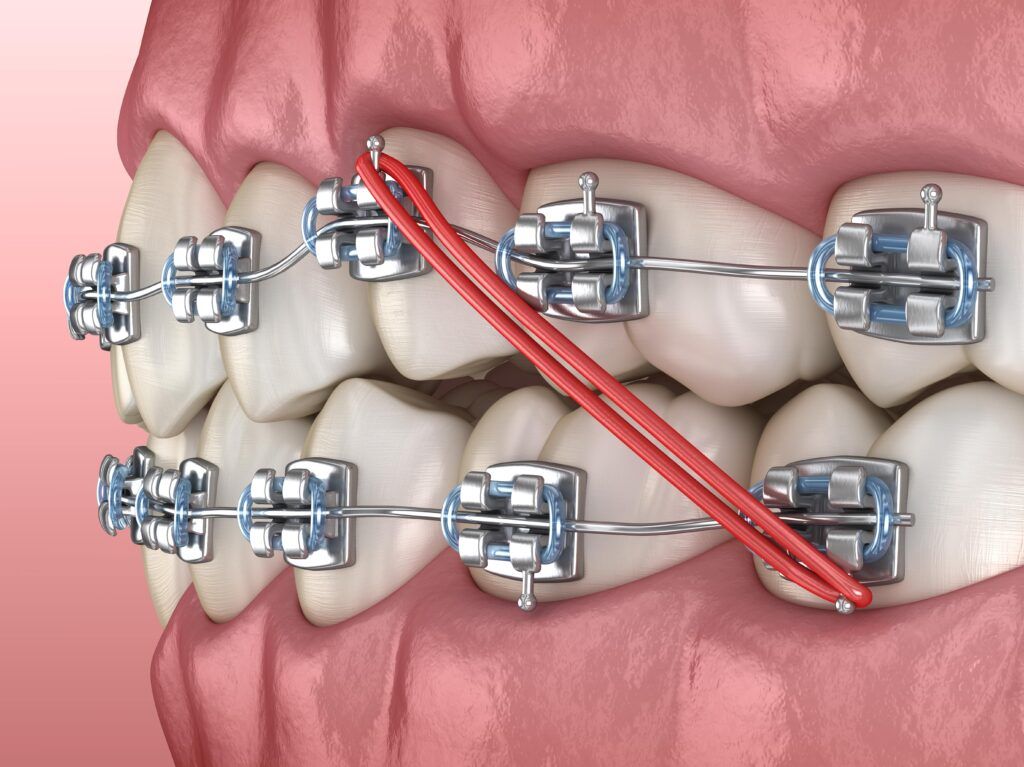How Cumming Orthodontics Addresses Common Braces and Invisalign Issues
How Cumming Orthodontics Addresses Common Braces and Invisalign Issues
Blog Article
Comprehensive Overview to Orthodontics Treatments for Correcting Dental Misalignments
Understanding the ins and outs of each treatment, including their systems, benefits, and potential downsides, is critical in making informed decisions about one's orthodontic therapy. As we navigate through the comprehensive overview to orthodontic treatments for correcting oral imbalances, the elaborate details of each approach will certainly unravel, losing light on the course toward a practical and harmonious oral placement.
Orthodontic Procedures Introduction

Normal changes and monitoring are important components of orthodontic therapy to make sure progression is on track and to make any kind of necessary adjustments along the method. By going through orthodontic treatments, individuals can not just accomplish a straighter grin yet additionally improve their total dental wellness and feature.
Typical Dental Braces: How They Work
When considering orthodontic therapies for dental imbalances, traditional braces stand out as a reliable technique for correcting teeth positioning. Traditional braces are composed of brackets, cables, and bands that function with each other to apply constant stress on the teeth, progressively moving them right into the preferred placement.
One key aspect of exactly how typical braces work is the procedure of bone remodeling. As pressure is related to the teeth with the dental braces, the bone bordering the teeth is reshaped to support the new tooth settings. This makeover is essential for the long-lasting stability of the fixed placement. People will certainly need regular adjustments at the orthodontist's office to ensure the braces remain to apply the right stress for efficient teeth activity.
Invisible Aligners: Cons and pros
Unseen aligners offer a discreet and hassle-free option to conventional braces for dealing with oral imbalances. These clear, tailor-made trays are essentially undetectable when used, making them an appealing alternative for people looking for a much more aesthetically pleasing orthodontic therapy. Among the main advantages of unseen aligners is their removability, permitting for much easier maintenance of dental health compared to typical dental braces. People can get rid of the aligners before eating or cleaning their teeth, decreasing the risk of food obtaining embeded the home appliance and simplifying the cleansing process.

Surgical Orthodontic Options
Surgical treatments in orthodontics existing viable choices for addressing intricate dental misalignments that might not be effectively resolved through conventional orthodontic therapies. While typical dental braces and undetectable aligners can fix numerous orthodontic issues, particular cases need medical intervention to accomplish optimal results. Surgical orthodontic alternatives are commonly recommended for severe malocclusions, significant jaw inconsistencies, and situations where the underlying bone structure needs adjustment to accomplish appropriate alignment.
One typical medical orthodontic treatment is orthognathic surgical treatment, which includes repositioning the jaws to deal with useful concerns such as problem chewing or talking. This surgical treatment is frequently executed in cooperation with an orthodontist who helps straighten the teeth before and after the treatment. Surgical orthodontics may additionally include treatments to subject impacted teeth, get rid of excess gum cells, or reshape the jawbone to produce a more unified face profile.
Prior to thinking about medical orthodontic choices, people go through a thorough examination to determine the necessity and possible benefits of such interventions. orthodontist. While surgical procedure might seem daunting, it can substantially improve both the function and appearances of the smile in situations where standard orthodontic therapies fail
Retainers and Post-Treatment Care

Post-treatment treatment involves complying with the orthodontist's directions faithfully. This may include appropriate oral hygiene methods, going to follow-up consultations, and wearing the retainers as prescribed. Failure to abide by post-treatment care directions can lead to regression, where the teeth slowly relocate back in the direction of their initial placements. Regular retainer wear, excellent dental health, and normal oral exams are essential for maintaining the results achieved through orthodontic surgery and guaranteeing the long-term stability of the corrected oral alignment.
Final Thought
Finally, orthodontic procedures supply various options for correcting oral misalignments. Conventional dental braces utilize metal braces and cables to change teeth into proper placement. Unseen aligners supply a more very discreet option but may not be ideal for all situations. Surgical orthodontic visit this site right here options are offered for extra extreme imbalances. Retainers are frequently made use of post-treatment to keep the new placement. Overall, orthodontic procedures can effectively boost oral health and wellness and visual appearance.
As we browse with the thorough guide to orthodontic treatments for fixing oral imbalances, the elaborate information of each approach Look At This will unfold, dropping light on the course toward a unified and functional oral alignment. - braces
One of the most common orthodontic treatments is the usage of dental braces, which are composed of steel brackets and wires that apply mild stress to slowly change teeth right into the desired position.When thinking about orthodontic therapies for oral imbalances, traditional braces stand out as a reliable approach for correcting teeth positioning. Furthermore, undetectable aligners might not be ideal for intricate orthodontic concerns that call for more considerable teeth motion, as they are normally advised for light to click modest instances. Retainers are personalized orthodontic tools made to hold teeth in their corrected positions after the completion of orthodontic therapy.
Report this page